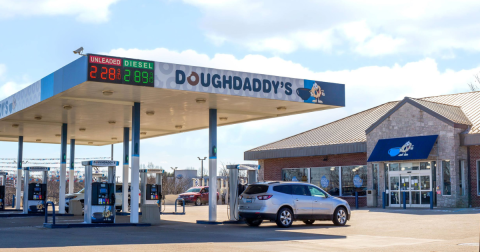Most People Don't Know The Story Behind This Hidden Tunnel In Kentucky
Known as “The Gateway to Red River Gorge,” Nada Tunnel is a historic 900-foot tunnel that is without a doubt the most fascinating way to enter the gorge. If you’re driving along KY-77 in Powell County, you’ll encounter this hidden tunnel, Nada Tunnel, which looks like a hole carved into the face of a mountain, with the greenery of the surrounding trees ready to swallow your car. Turn on your headlights, make sure oncoming cars aren’t coming through the tunnel from the other way, and get ready to drive through this remarkable piece of Kentucky, and learn more Nada Tunnel history.

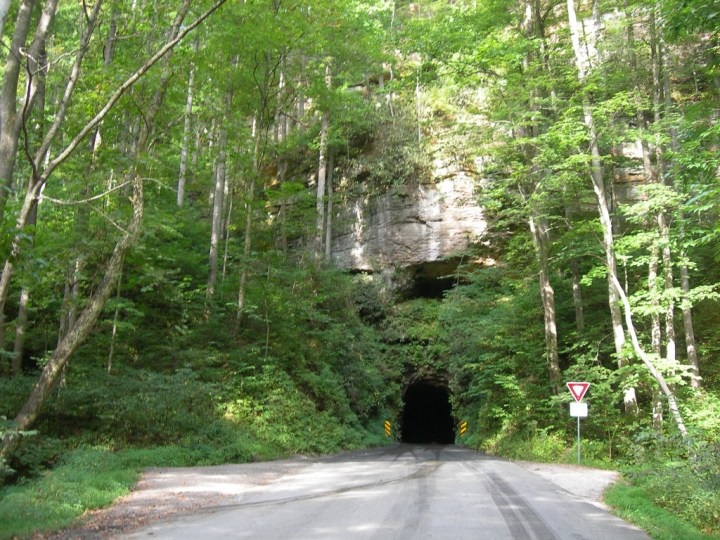
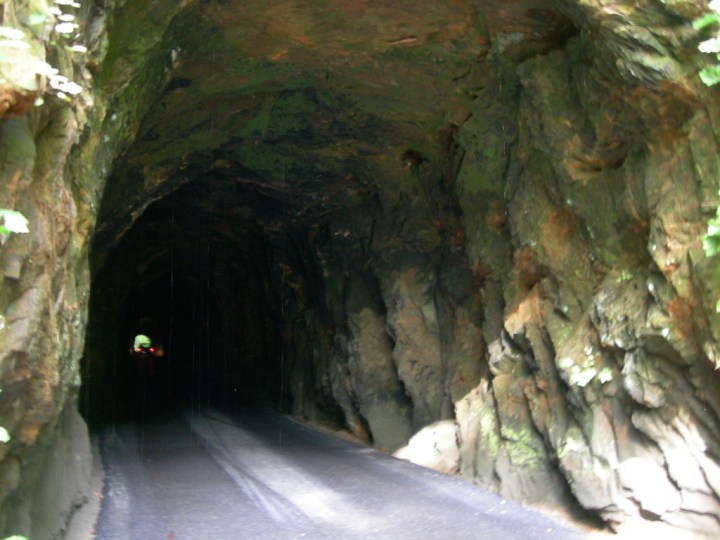
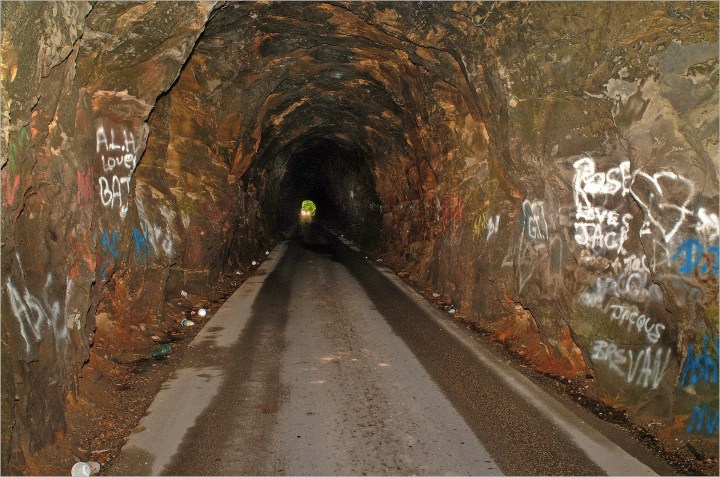

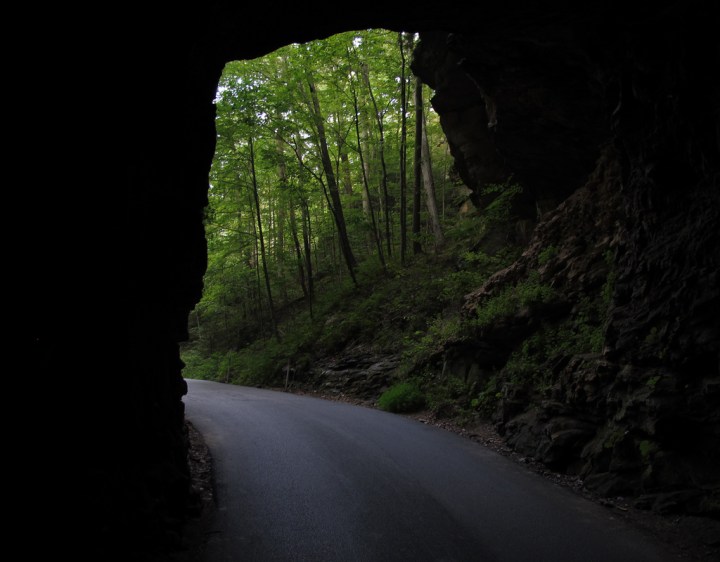

To get to Nada Tunnel, take exit 33 off the Bert T. Comb Mountain Parkway. From there, take KY-11 N for 1.5 miles. Turn right on KY-77 N and continue for about two miles, and you’ll eventually reach the tunnel. Once you go through it, there are tons of trailheads and beautiful scenery on the other side. Welcome to Red River Gorge!
Have you ever learned this Nada Tunnel history? What did you think? Let us know in the comments below!
Looking for more fun tunnels to visit? Make sure to read all about the Cumberland Gap Tunnel.
OnlyInYourState may earn compensation through affiliate links in this article. As an Amazon Associate, we earn from qualifying purchases.
More to Explore
Nada Tunnel hHstory
Who built the Nada Tunnel?
The Nada Tunnel, located near Stanton, Kentucky, was constructed by the Dana Lumber Company. Built between 1910 and 1911, the tunnel was initially intended to facilitate the transportation of logs from timber operations in the Red River Gorge to a sawmill in Clay City. Carved through solid rock, the tunnel is 900 feet long, 12 feet wide, and 13 feet high. Today, the Nada Tunnel is primarily used for vehicular traffic. It is a famous and historic entrance to the Red River Gorge Geological Area, drawing many tourists and nature enthusiasts to its unique, narrow passageway.
What are the best tunnels in Kentucky?
With its mountainous terrain and rich history, Kentucky boasts several interesting and historically significant tunnels. Here are some of the most noteworthy tunnels in the state:
- Nada Tunnel: Near Stanton, the Dana Lumber Company carved this tunnel in 1910-1911 for logging purposes. It is a famous entrance to the Red River Gorge Geological Area and attracts numerous visitors for its narrow, one-lane passageway through solid rock.
- Cumberland Gap Tunnel: Connecting Kentucky to Tennessee, this tunnel runs beneath Cumberland Mountain. It's a vital transportation link and replaced the route over the mountain, preserving the historical and natural qualities of the Cumberland Gap area.
- Ruffner Road Tunnel: Located in Louisville, this tunnel has a unique history as it was initially used for train and vehicle traffic.
- Eisenhower Tunnel: Not to be confused with the one in Colorado, Kentucky's Eisenhower Tunnel is located near Bowling Green in the western part of the state. It's part of the Green River Parkway.
- Natural Tunnel: This tunnel in Carter County is naturally occurring or arch-shaped over millennia by water erosion. It's a fascinating blend of geology and history.
- Railroad Tunnels in Eastern Kentucky: The eastern part of the state is dotted with numerous railroad tunnels, many of which were constructed in the late 19th and early 20th centuries to facilitate coal and timber transport. Some of these are abandoned but offer a glimpse into the region's industrial past.
These tunnels play significant roles in transportation and commerce and serve as historical markers, showcasing various periods of Kentucky's development and the challenges engineers faced in constructing infrastructure in the state's rugged terrain.



